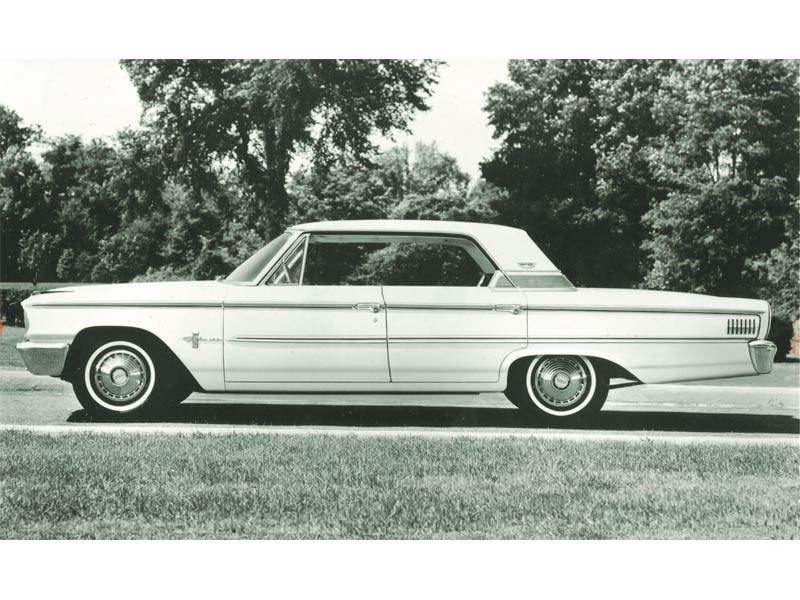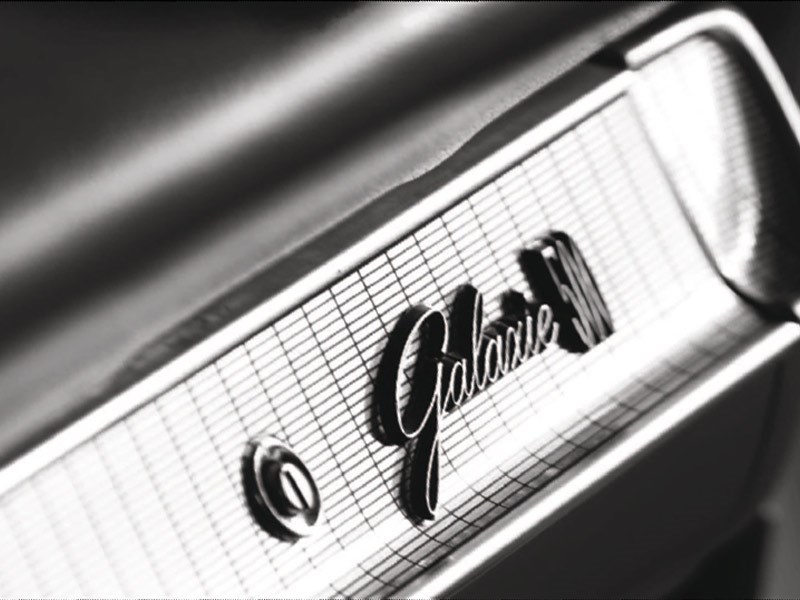1963 - 73 Ford Galaxie: Buyers Guide
 1963 - 73 Ford Galaxie
1963 - 73 Ford Galaxie

 1963 - 73 Ford Galaxie
1963 - 73 Ford Galaxie


|
|
1963 - 73 Ford Galaxie
|

|
|
1963 - 73 Ford Galaxie
|
Grunty, spacious and a decent handler, the gal’ has a lot to offer

|
|
Buyer's Guide: 1963 - 73 Ford Galaxie
|
1963 - 73 Ford Galaxie
What Is It?
The Galaxie had headed Ford’s US range since 1959 but Australia didn’t adopt the model name until 1963. Our early Galaxies were massive and mostly pillarless hardtops, fully imported as right-hand drive cars. The updated 1964 shape was reputedly the widest car available on the North American market.
After 1965, when Ford’s Homebush NSW plant began assembling Galaxies, they became a common sight on local roads. The default 168kW 289ci V8 struggled to haul the ’65 Gal’s 1700kg. The optional 208kW 390ci V8 was better suited and a match for Chrysler’s 6.3-litre Dodge Phoenix, while outpacing GM-H-built Chevs and Pontiacs.
The first locally-assembled cars came with ‘stacked’ headlamps, clean looks and minimal chrome. Broad bench seats and plentiful legroom ensured abundant space but the $5570 purchase price was $2200 more than a V8 XR Fairmont. That money also bought a three-speed auto, power steering, clock and heater-demister.
Locally-built cars had a major restyle for ’68, by which time front discs had replaced drums and radials were optional. Weight had bulged to 1835kg and length to more than 5.3m. Inside was a five-dial instrument cluster, seats were improved and had huge central armrests.
Local Gals were four-door sedans, but the US range included convertibles, two- and four-door hardtops, the massive nine-seater Country Squire wagon and a 3.6-litre six or 7.0-litre Cobra Jet V8. Australia adopted LTD badging in 1969 and debuted a new body with hidden headlights. Local sales of US-designed cars ended in ’73, after which the top model would be the Fairlane-based LTD. The final ‘Aussie’ LTD appeared in 1971 as a ‘pillared hardtop’ with a 6.5-litre V8 (an enlarged 5.8-litre).
How’s It Drive?
The post-’65 Gal’s all-coil suspension is highly regarded for its decent ride quality and handling. Country drivers were fond of the Gal’s ability to maintain high average speeds over poor roads without falling to bits or spearing into shrubbery.
Cars with tired underpinnings, however, will wallow through bends and bottom-out on bumps. The power steering feels too light in a car with four turns lock-to-lock but improves with familiarity. Tests of early 390 cars recorded 0-97km/h in 9.7sec, with the 289 almost three seconds slower. A 1965 test by Modern Motor found a top speed of 170km/h.
Whether disc- or drum-braked, ’60s Galaxies worryingly took over 50m to stop from 97km/h. Coming from an age of vinyl floors and single-speed wipers, early Gals with carpet and variable-speed wipers were ‘luxury’ cars.
Checklist
Check body-mounting points for deterioration, rails for damage, and floor supports, floorpans, rear quarter panels, wheelarches, window surrounds, door bottoms and bonnet for rust. Most chrome parts are being remanufactured and are available from the US. The 390 V8 leaks oil, exhaust manifolds can crack, and autos that jerk need an overhaul. Worn ball joints and idler arms are common, brakes and suspension are easily replaced, as is trim.
SPECIFICATIONS
1963 - 73 Ford Galaxie
Body: 4-door sedan, 2- and 4-door hardtops, convertible, wagon
Engine: 4728cc, 5766cc or 6393cc V8, OHV, 16v
Power: 208kW @ 4400rpm*
Torque: 544Nm @ 2600rpm*
Weight: 1792kg*
Gearbox: 3-speed automatic
Brakes: drums or disc/drum (f/r)
Prices: $3000-42,000
* 1967 Galaxie 390 2v
Unique Cars magazine Value Guides
Sell your car for free right here
Get your monthly fix of news, reviews and stories on the greatest cars and minds in the automotive world.
Subscribe

.jpg)











